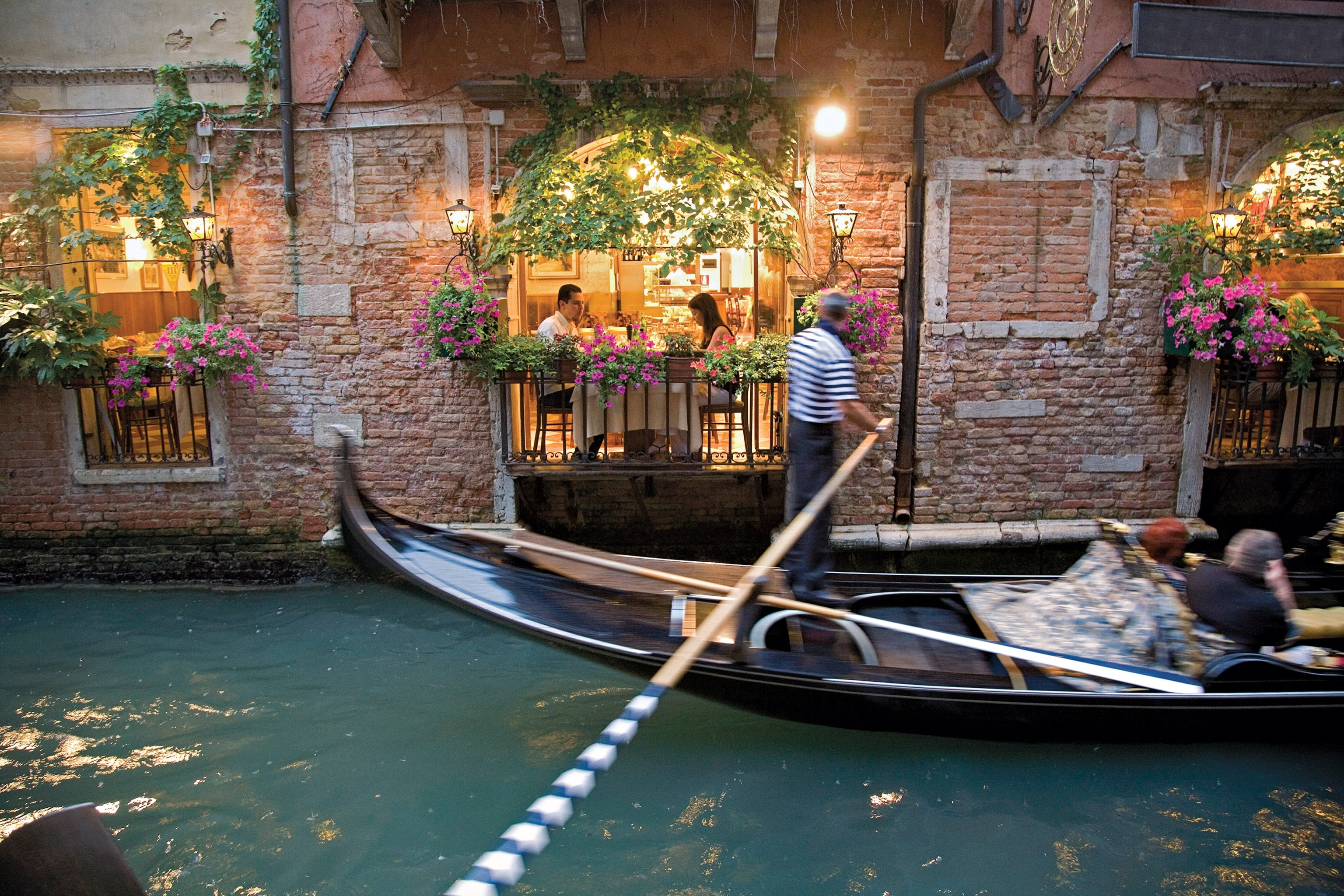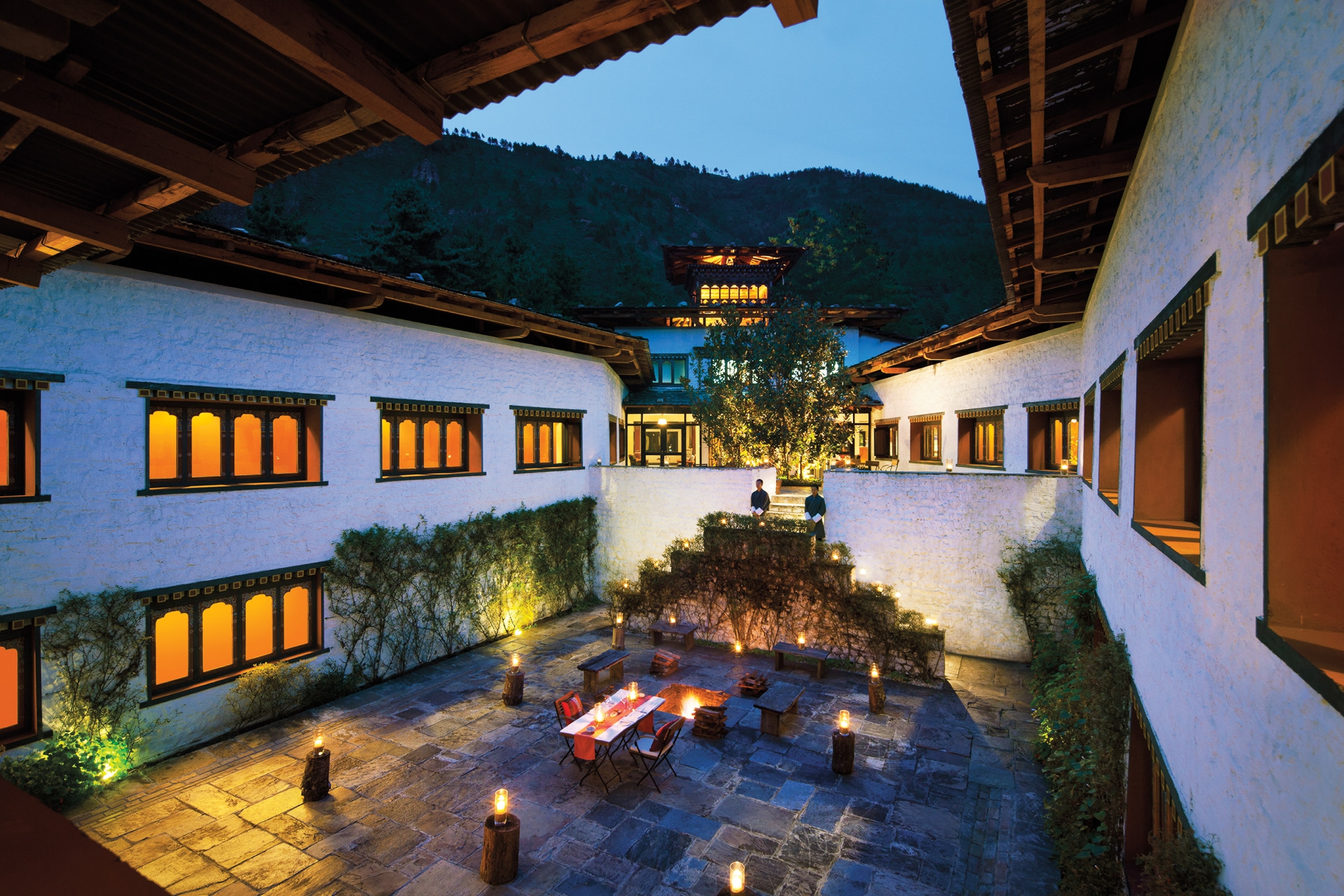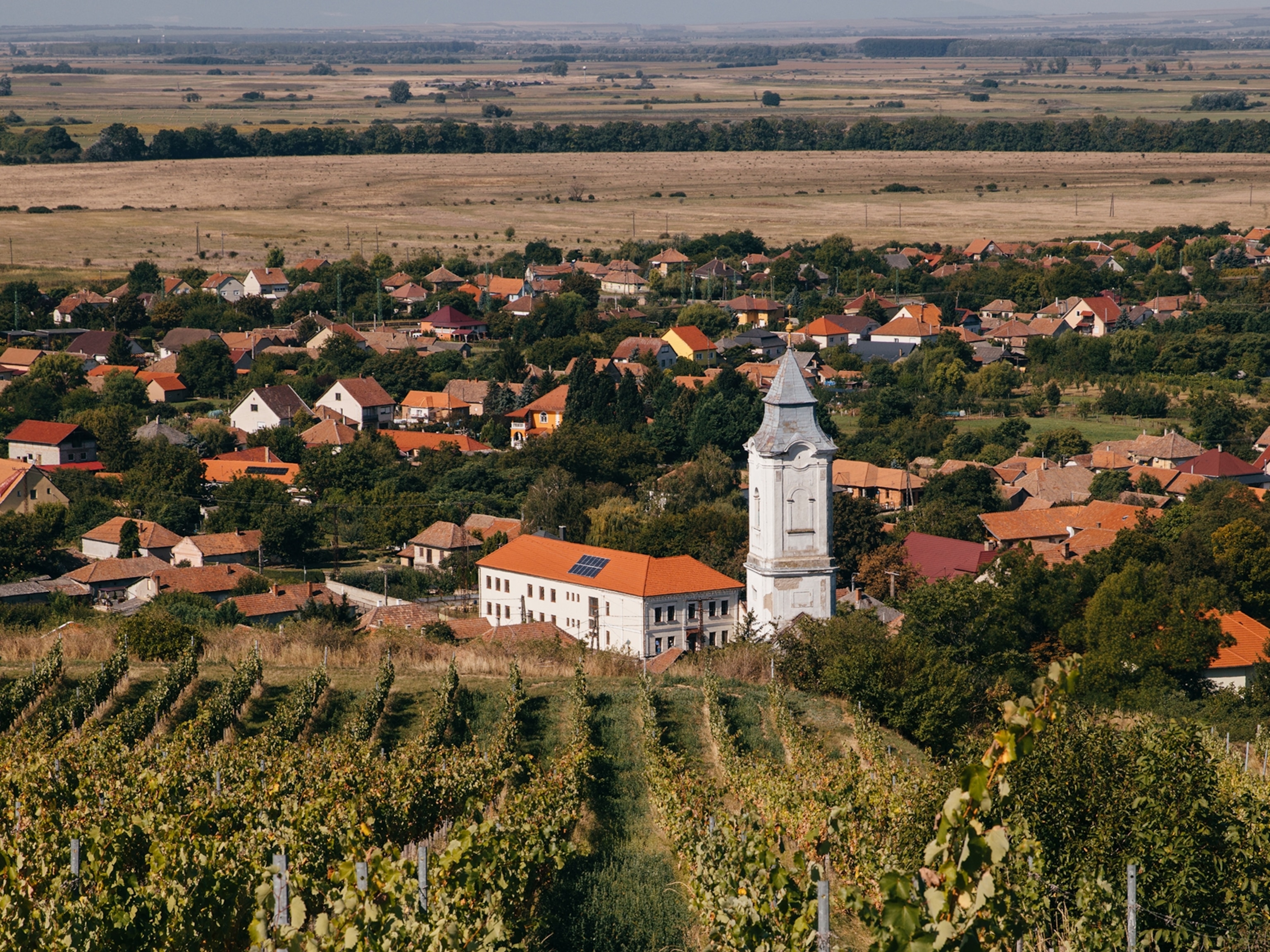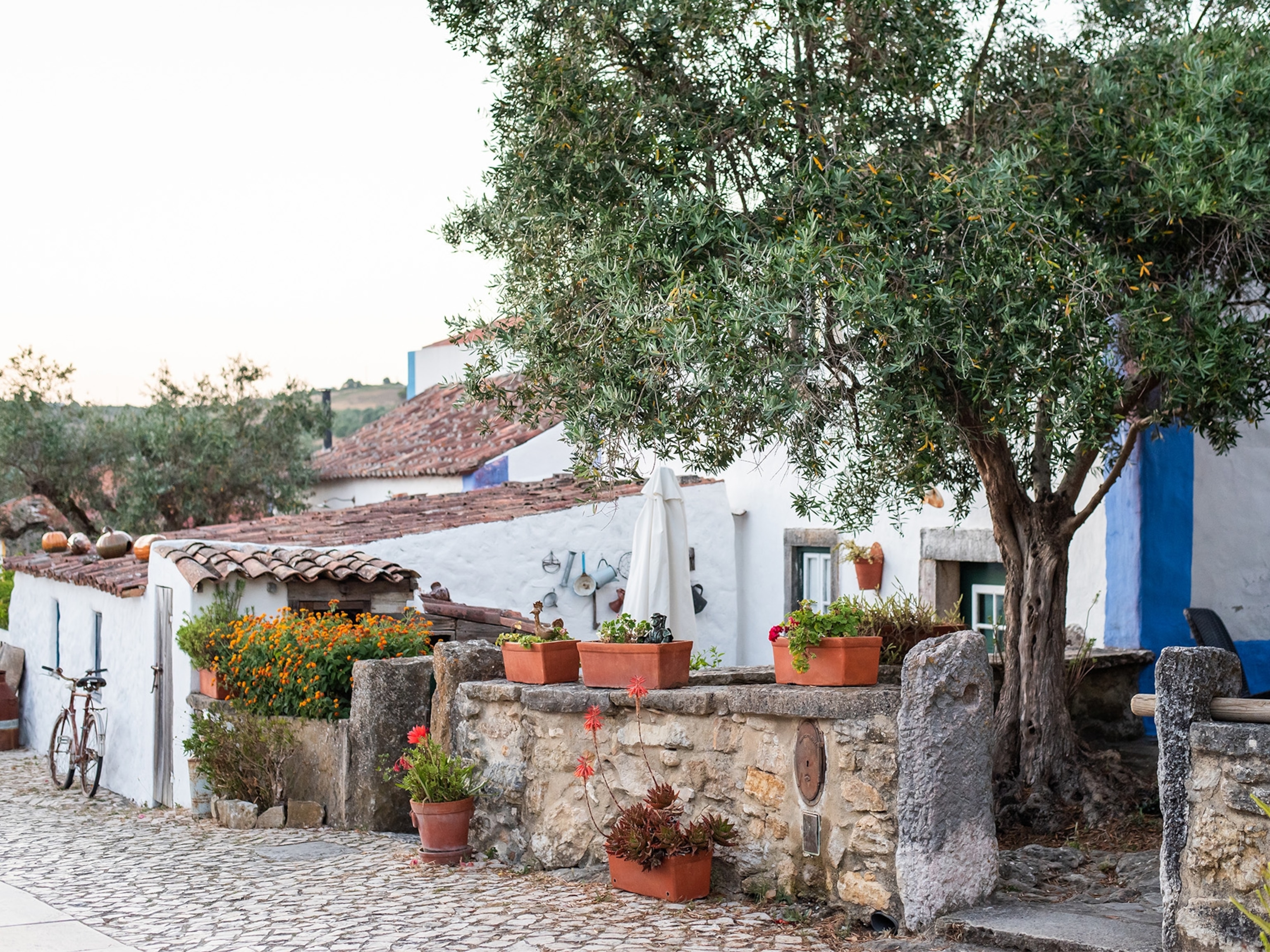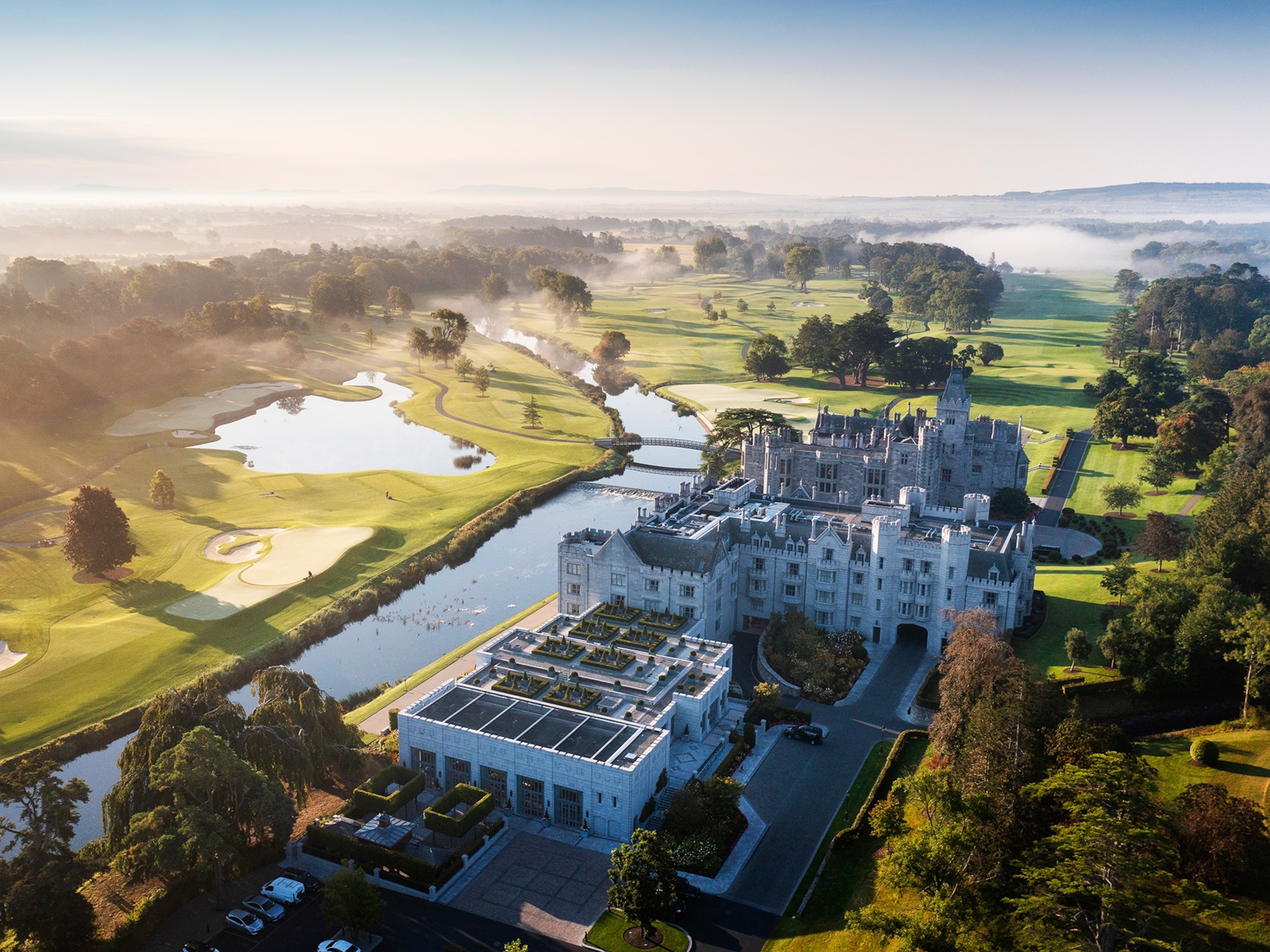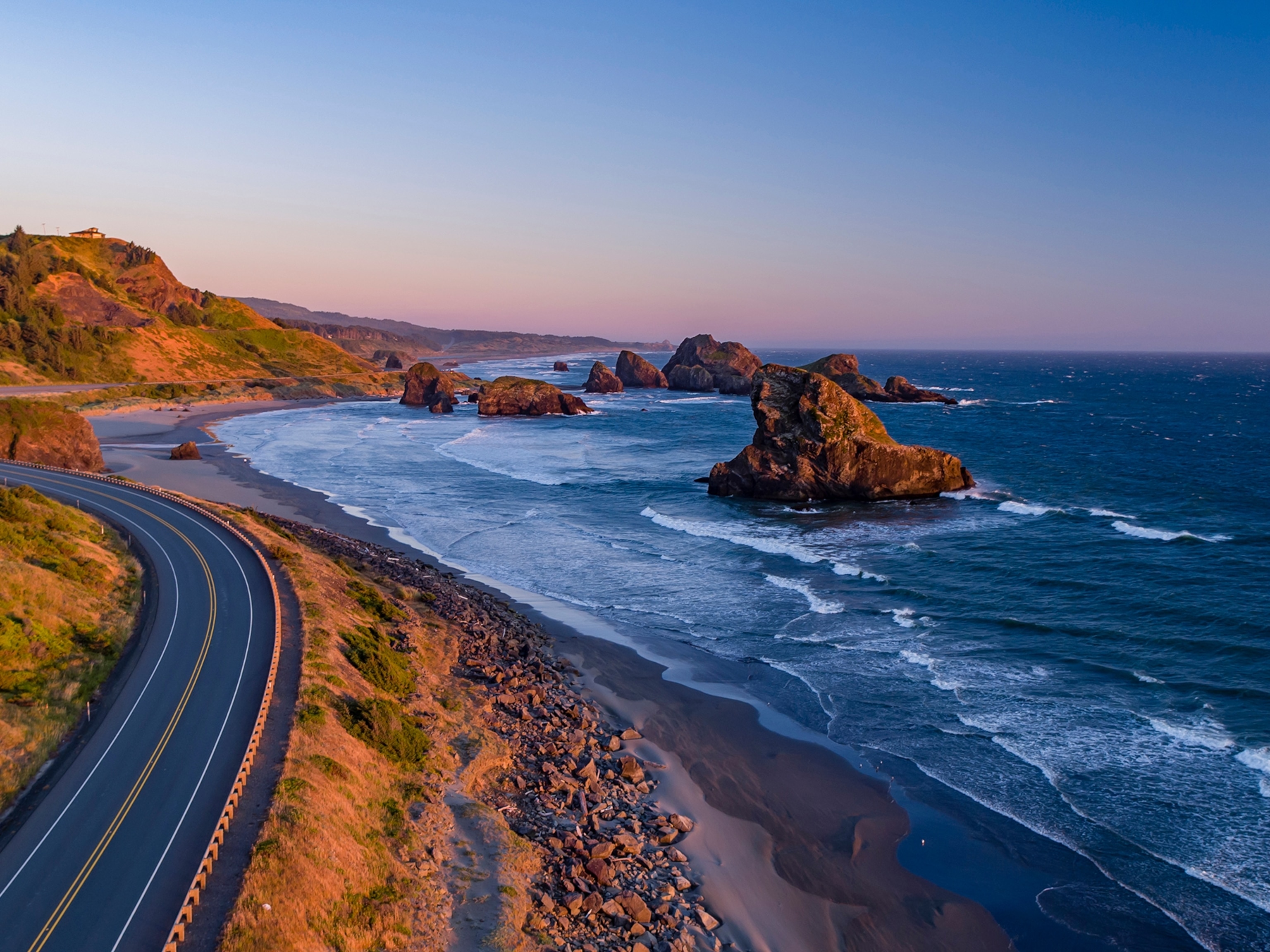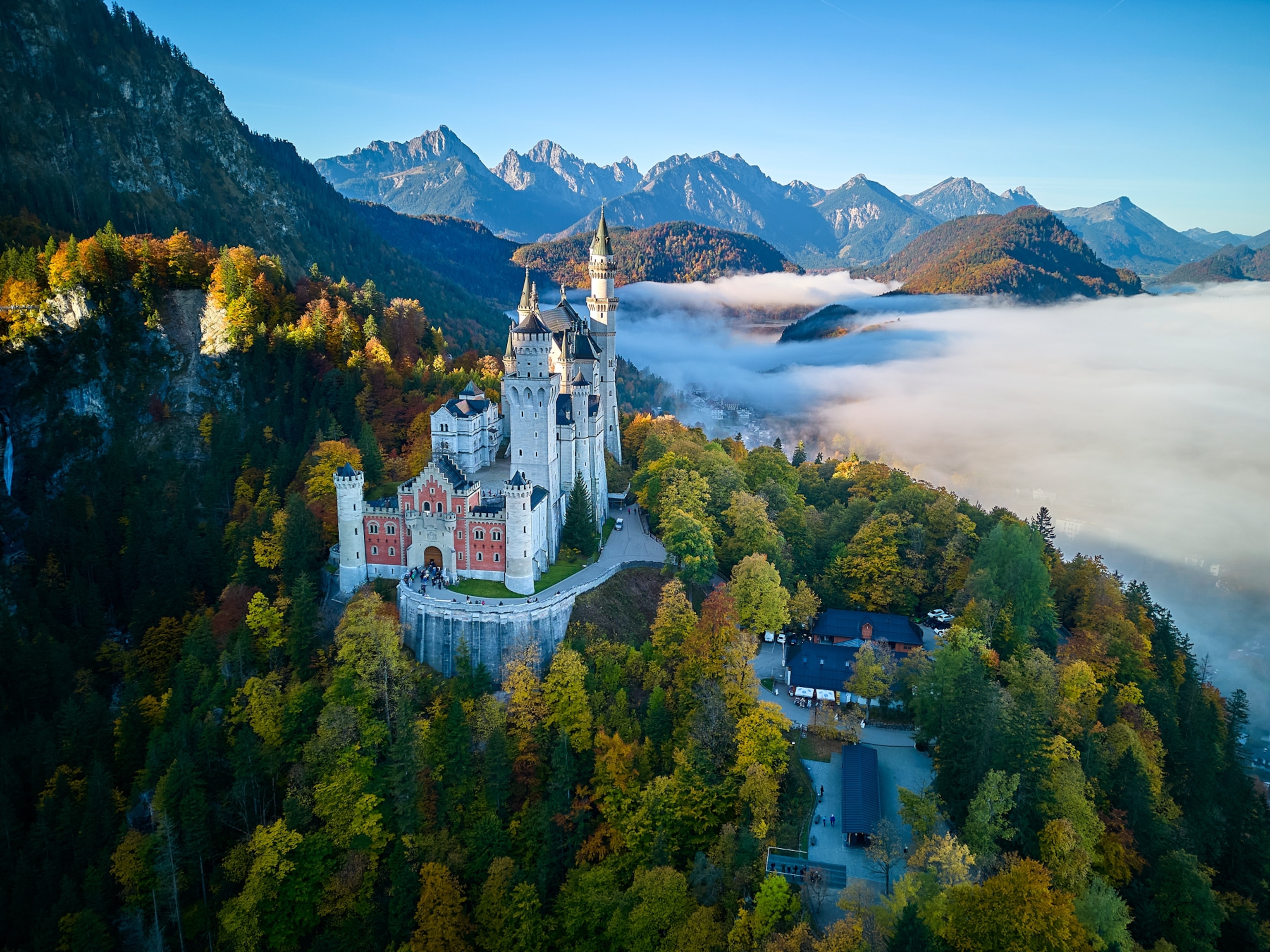
Castles, vineyards, and fairy-tale villages: Drive the Romantic Road
Fall in love with Germany’s historic heartland.
There’s a reason why the byway from Würzburg to Füssen through southern Germany is called the Romantic Road. All along its 220 miles (354 kilometers), flowers spill from the balconies of timbered homes, rolling vineyards bask in the sun, and lake-studded countryside sparkles against the grand Alps. To travel these winding lanes is to experience a manifestation of sentimental scenery. (Discover more romantic destinations around the world.)
Start in Würzburg, a stately baroque town of 124,000 that stays youthful thanks to its large university population. Stop in the 350-room Würzburg Residence, a UNESCO World Heritage site and one of Germany’s grandest palaces—a harmonious symphony of formal gardens and opulent structures, such as the famous staircase painted with frescoes by Tiepolo. (Visit the top 10 castles in Europe.)

About an hour’s drive south brings you to Rothenburg ob der Tauber, possibly Europe’s best example of medieval glory, with charming fairy-tale spires, ingenious fountains, and neo-Gothic churches. During winter, this town’s quaint Christmas markets light up the cobblestoned town center. (These European Christmas markets are worth the trip.)
Further south, revisit life in medieval Germany in orange-roofed Nördlingen, which has seemingly kept the past few centuries outside its circular city walls. One of Europe’s most stunning medieval castles soars above Harburg, a village of 6,000 farmers and craftsmen. In Steingaden, the bucolic meadow and plain façade of Wieskirche belie the rococo church’s glorious cupola, gilded stucco, and marble balustrades, all mystically illuminated by the large windows.
Perhaps the singular showstopper on the Romantic Road is Neuschwanstein, a dramatic castle floating against an equally theatrical landscape of craggy mountains and piercingly blue lake. Drawing from various European architectural styles, King Ludwig II devoted the last 17 years of his life to building this 19th-century edifice, so fantastical that Disney modeled Cinderella’s castle after it. (Walt Disney Company is majority owner of National Geographic Partners.) Rebuilt to honor its original medieval footprint, this neo-Gothic-style complex brings together magnificence with gemütlichkeit, a feeling of cheer and belonging. Purist historians favor the neighboring Hohenschwangau, a castle built on the ruins of a 12th-century fortress from where you can, like Ludwig II, admire the neighboring Neuschwanstein above. (Read more about this immense, fairy-tale castle built for one person.)
These marvelous sights are connected by a two-lane road that is a pure joy to drive or, better yet, bicycle ride, much of it on designated bike paths. Recognizing that their greatest asset is their historic heritage, the proud residents of the Romantic Road continue to invest in preserving these centuries-old monuments and homes, not only keeping up appearances for the sake of tourism but also honoring the region’s legacy by living alongside these special places.
What to eat and drink
The Romantic Road is a sybarite’s dream come true, cutting through Franconia’s wine country and Bavaria’s beer territory with southern Germany's hearty cuisine served along the way. In Rothenburg, indulge in staples like pot roast, pork shoulder, and knödel (potato or bread dumplings) at the family-run Gasthof Goldener Greifen. In Füssen, gateway to Neuschwanstein, try mushroom-filled ravioli and Bavarian pork roast at Hotel Hirsch’s beer garden.
When to go
A year-round destination, summer sees the most visitors to the Romantic Road, but weather is pleasant in spring and fall, and Christmas lights enchant the area in winter.
Get there
Würzburg, at the northern tip of the Romantic Road, lies 75 miles (121 kilometers) southeast of the Frankfurt International Airport. Füssen, at the southern end, is a hundred miles (161 kilometers) southwest of Munich International Airport. Between Füssen and Frankfurt, the Romantic Road bus runs daily in both directions, May through October, stopping at various villages. The 273 mile (439 kilometer) bicycle route, slightly longer than the automobile lane and flat for the most part, is well marked.







